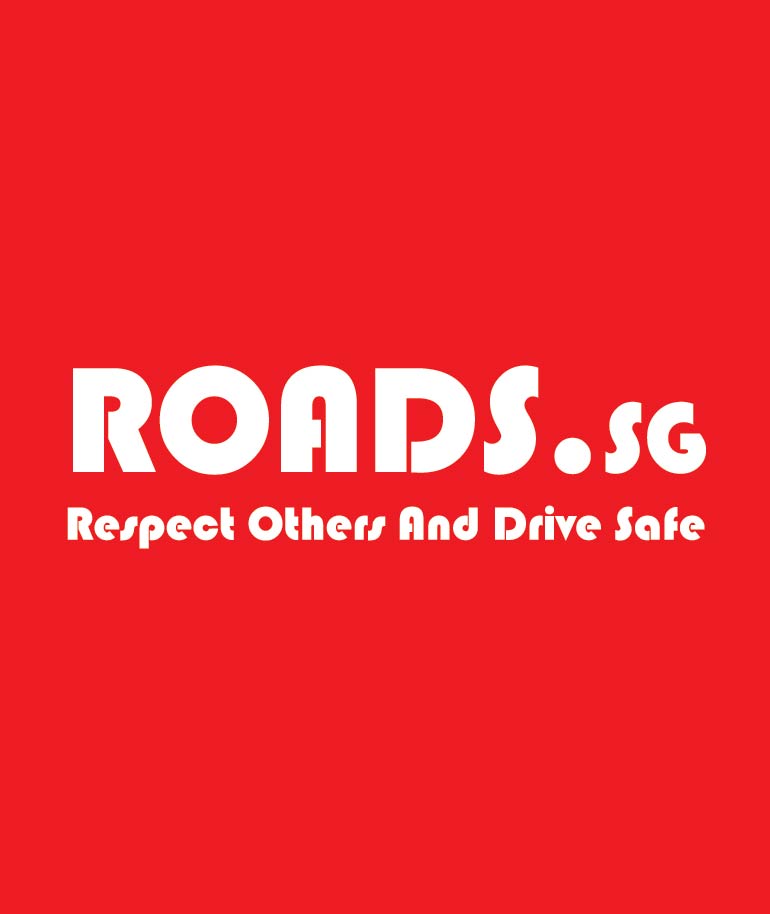
Expressways or highways are designed to let vehicles move quickly and efficiently across longer distances. With no traffic junctions and built with multiple wide lanes, expressways allow for higher average speeds and faster traffic flow than on ordinary roads.
However, you do require a different level of situational awareness as you are moving much quicker than on arterial roads. Highway traffic can be easily misinterpreted by even the most experienced drivers.
Road closures and inclement weather are certainly the most common reasons for highway congestion, but many might not know that it is also minor driving habits that contribute to highway traffic.
Here are five pointers that many drivers often overlook, or simply forget about:
1 . You (and everyone else) will have an overall smoother drive, if you maintain a decent gap to the car ahead of you.
Based on all the videos sent into ROADS.sg, we’ve noticed that it’s common practice on expressways to keep close to the car in front when driving. This behaviour is mostly an attempt to prevent from leaving too big a gap that would let others do sudden cut-ins. It’s partly kiasu-ness, but also practicality in denying drivers who have poor route-planning and change lanes at the last minute.
However, if your car is too close to the rear bumper of the vehicle ahead, every time that vehicle brakes or slows down, you will have to tap your brakes as well. This is physically tiring, can potentially induce car sickness for you and your passengers, and is a waste of petrol.
If you maintain a reasonable gap (the Singapore Traffic Police advocates the two-second rule), every time the vehicle ahead applies its brakes, all you need to do is to coast and you will reduce speed gradually. Chances are by the time you are getting too close for comfort, the car ahead would have accelerated again, and you’ve just saved yourself a dab on the brake pedal.
The most important thing to note about maintaining distance to the vehicle in front is an overall prevention of the “accordion-effect” as demonstrated in the following video by CGP Grey.
Basically, one of the major causes of highway traffic is caused by A) drivers who cause others to abruptly slow down or brake, which causes a butterfly-effect in vehicles braking in the same area, and B) vehicles not keeping a smart distance with the cars in front.
2 . You should accelerate when you enter an expressway.
The slip road leading to the expressway is designed for you to accelerate to cruising speed. Inexperienced drivers often baulk on the slip road and it’s not uncommon to see a car waiting stationary at the edge for a gap in expressway traffic.
This is extremely dangerous for any vehicles coming up from the rear. The slip road runs parallel to the expressway for 100 metres or so as it is designed for the driver to observe, gauge the speed of vehicles on the main expressway, and accelerate to match.
Therefore, as you get onto the slip road, you should start matching the speed of the other vehicles on the expressway, then merge smoothly by aiming for the gap behind the car nearest to you.
3 . The deceleration lane is there for you to slow down as you leave the expressway.
As an opposite to the earlier point, when leaving the expressway, it is best to only reduce speed when your vehicle is on the deceleration lane. This is to avoid slowing down traffic behind you. Apply the brakes or coast and slow down to a speed suitable for the road you are joining.
4 . The right lane is actually an exclusive overtaking lane.
The Highway Code clearly states that the right outermost lane is designed only for overtaking vehicles and emergency vehicles. When you use it, it is actually a legal requirement that you return to the centre or inner lane as soon as it is safe for you to do so.
This is unfortunately not common practice in Singapore, as we find many vehicles staying in the fast lane for the long-term, or worse, that some vehicles stay in the fast lane and go under the speed limit.
Staying in the right outermost lane and preventing other cars from overtaking is actually an act of road hogging. Failing to do so can see you penalised for road-hogging, which carries a fine of up to $1,000 and three months in jail!
5 . Vehicles are prohibited on the road shoulders at all times except when stopping in an emergency.
That extra width of tarmac left of the leftmost lane is an emergency road shoulder that is used to give broken down or accident impaired vehicles a reasonably safe space to stop in, without holding up traffic flow. Otherwise, it is off limits to vehicular traffic, including motorcycles.
Sometimes we witness drivers stopping in the road shoulder to wait for the ERP gantry to be turned off, or taking a phone call. Getting caught for stopping unnecessarily on a road shoulder could see you slapped with a fine of between $130 and $160, along with four demerit points.










